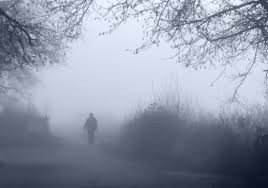Lost in the Fog?

L ost in the Fog? Introduction Many Catholics today find themselves disoriented by conflicting theological voices, unsure of what the Church truly teaches. This confusion is not always accidental. The Magisterium has warned against “studied ambiguity” used to mislead the faithful under the guise of orthodoxy [1]. In many cases, the use of seemingly faithful language while subtly altering its content lends itself to misinterpretation or even manipulation. A theological trend often described as progressive - one that emphasises historical conditioning, lived experience, and cultural adaptation - has emerged as a key driver of this phenomenon. While often motivated by pastoral concern, such an approach risks treating doctrine as fluid rather than fixed, reframing it as one option among many rather than the authoritative truth revealed by Christ and His Church. Pope Francis’s pontificate introduced a significant shift: from the doctrinal clarity of his predecessors to a pastoral s...


.jpg)
